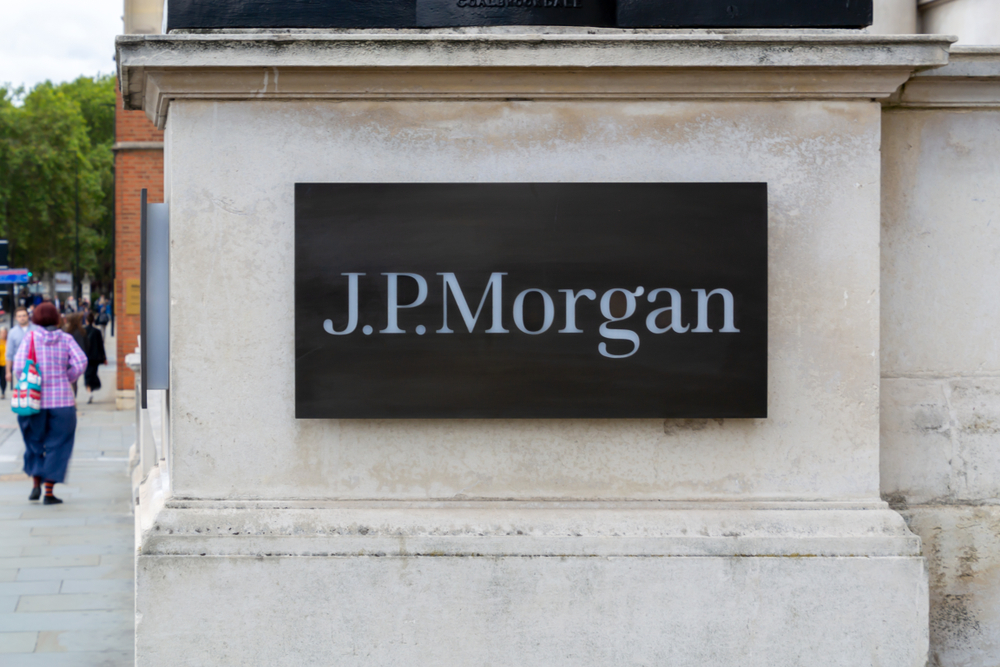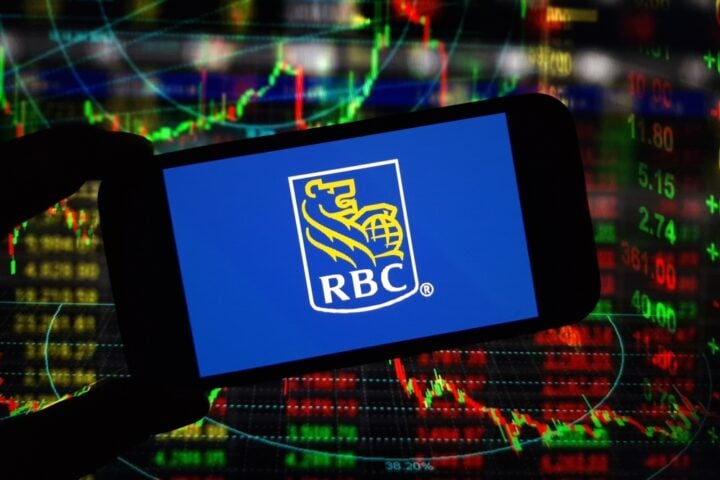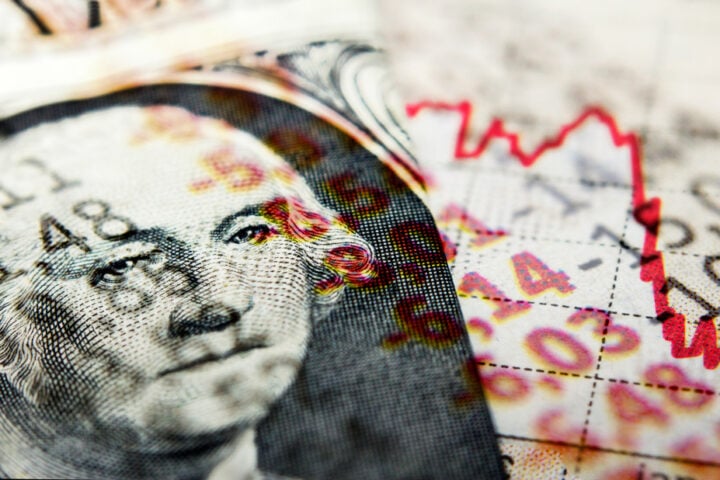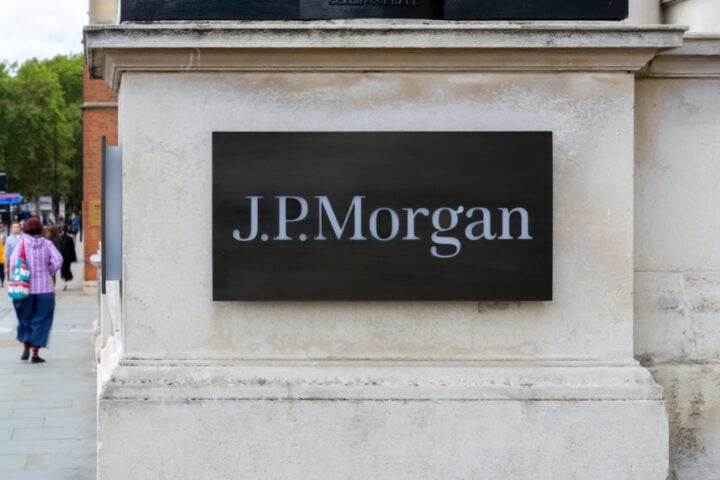Under CEO Jamie Dimon’s leadership, JPMorgan Chase continues to deliver strong financial results, even as critics question the extent of its influence within the competitive U.S. banking market. During the bank’s recent earnings call, Dimon brushed off suggestions that JPMorgan is dominant, pointing to the presence of thousands of banks across the United States and the growth of fintech companies. Yet, the bank’s consistent success in generating above-average returns hints at its ability to navigate the competitive landscape differently than most.
Retail Banking: A Key Profit Engine
A major contributor to JPMorgan’s performance is its consumer banking division, which recently reported a 29% return on equity—far surpassing the typical 10% return that investors expect. If the bank had only matched that 10% threshold over the past decade, it would have produced about $50 billion in earnings from retail banking. Instead, it managed to generate an additional $90 billion, benefiting from Dimon’s strategic vision and favorable market conditions.
In many industries, such high profits would attract a rush of new competitors eager to capture market share. However, despite the competitive pressures, several factors have helped JPMorgan maintain its leading position.
High Costs and Strategic Tech Investments
One of the biggest barriers for potential competitors is the immense cost of establishing a bank with a nationwide presence. JPMorgan’s wealth of customer data, particularly in the credit card space, provides a competitive edge that has proven difficult for others to replicate. Goldman Sachs, for example, attempted to build a similar presence in this sector but struggled to match JPMorgan’s depth of customer insights and scale.
JPMorgan’s substantial investment in technology further distinguishes it from the pack. With the pandemic accelerating digital banking adoption, the largest banks have poured resources into tech advancements. JPMorgan spends around $17 billion yearly on technology, enabling innovations like faster transaction processes, AI-driven services, and enhanced user experiences. To put this in perspective, only a handful of U.S. banks have total operational costs rivaling this tech investment alone.
Customer Loyalty and Regulatory Edge
Customer behavior also plays a crucial role in supporting JPMorgan’s stability. Dimon mentioned that “deposit betas”—which reflect how customers adjust their deposit rates in response to interest rate changes—were lower than expected. In practical terms, many customers chose to stay with JPMorgan even when they might have found better returns elsewhere, showcasing a high degree of customer loyalty.
Additionally, regulations meant to stabilize the financial system have indirectly benefitted larger institutions like JPMorgan. Although bank executives often criticize new regulatory requirements, these rules have created a sense of customer security. As a result, they tend to trust larger banks more, reinforcing JPMorgan’s reputation as a reliable financial institution.
Comparing Success: JPMorgan vs. Citigroup
JPMorgan’s achievements become even more apparent when compared to other large banks, such as Citigroup. Unlike JPMorgan, Citigroup has faced a series of challenges that have hindered its financial performance over the past decade. While JPMorgan consistently exceeds the 10% return-on-equity benchmark, Citigroup has fallen short by more than $60 billion. This disparity underscores the difference in execution between the two, highlighting JPMorgan’s ability to adapt and thrive where others struggle to maintain momentum.







